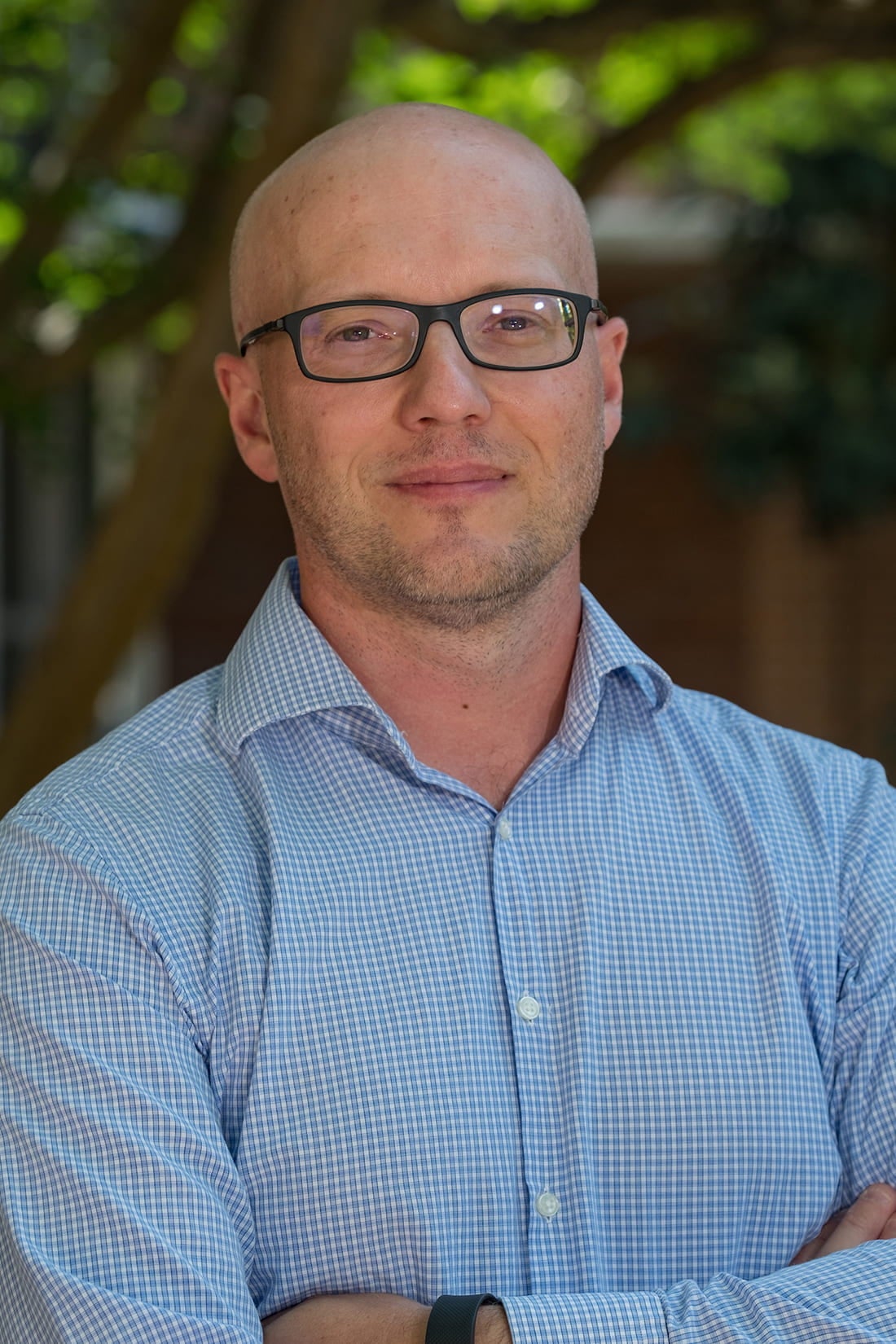EXPERT ALERT
HOUSTON – (Nov. 3, 2021) – The United States’ investment in astronomy is the subject of tomorrow’s long-awaited ASTRO2020 survey, an influential report issued every decade by the National Academies of Science, Engineering and Medicine to identify the nation’s most compelling astrophysics goals.
Andrea Isella, a Rice University associate professor of physics and astronomy, is available to comment on the survey results. Isella is co-chair of a Science Advisory Committee appointed by the National Radio Astronomy Observatory that has worked for five years to make the case for an ambitious radio telescope based in North America.
The project, called the Next-Generation Very Large Array (ngVLA), would replace the Very Large Array in New Mexico with a set of 244 dish antennas that would cover the continent and beyond. In August, the National Science Foundation awarded the project $23 million for design and development, including the construction of a prototype antenna.
The ASTRO2020 survey, held back by the COVID-19 pandemic, has reviewed several large proposals for future space-based and ground-based telescopes, including the ngVLA.
“What we hope is that the academy will recommend our project to move forward, as it represents a consensus of what the radio astronomy community wants to achieve,” Isella said. “Then the decision would go before Congress.”
Isella would use the new array to advance his work to discover protoplanetary systems and learn how planets form from the cosmic dust and gas that surrounds newly formed stars.
“The new telescope would give us 10 times better resolution of distant objects like protoplanetary discs,” Isella said. “It would allow us to unveil the formation of planetary systems similar to our own solar system. The ngVLA would also probe the initial conditions for life by observing complex prebiotic species that are the basis of our understanding of chemical evolution toward amino acids and other biogenic molecules.”
He said ngVLA would operate at longer wavelengths to obtain radio images from distant objects, only overlapping slightly with the Atacama Large Millimeter/submillimeter Array in Chile, the powerful radio telescope responsible for many discoveries since it went online in 2013.
The survey will be released at 11 a.m. EDT on Nov. 4, followed by a public webinar at 2 p.m.
To arrange an interview with Isella, contact Mike Williams at mikewilliams@rice.edu, 713-348-6728.
-30-
This news release can be found online at news.rice.edu.
Follow Rice News and Media Relations via Twitter @RiceUNews.
Related materials:
Andrea Isella Research Group: http://planetformation.rice.edu
Rice Department of Physics and Astronomy: https://physics.rice.edu
Wiess School of Natural Sciences: https://naturalsciences.rice.edu
Image for download:

https://news-network.rice.edu/news/files/2021/11/1108_ISELLA-1-WEB.jpg
CAPTION: Andrea Isella. (Credit: Photo by Jeff Fitlow)
Located on a 300-acre forested campus in Houston, Rice University is consistently ranked among the nation’s top 20 universities by U.S. News & World Report. Rice has highly respected schools of Architecture, Business, Continuing Studies, Engineering, Humanities, Music, Natural Sciences and Social Sciences and is home to the Baker Institute for Public Policy. With 4,052 undergraduates and 3,484 graduate students, Rice’s undergraduate student-to-faculty ratio is just under 6-to-1. Its residential college system builds close-knit communities and lifelong friendships, just one reason why Rice is ranked No. 1 for lots of race/class interaction and No. 1 for quality of life by the Princeton Review. Rice is also rated as a best value among private universities by Kiplinger’s Personal Finance.

